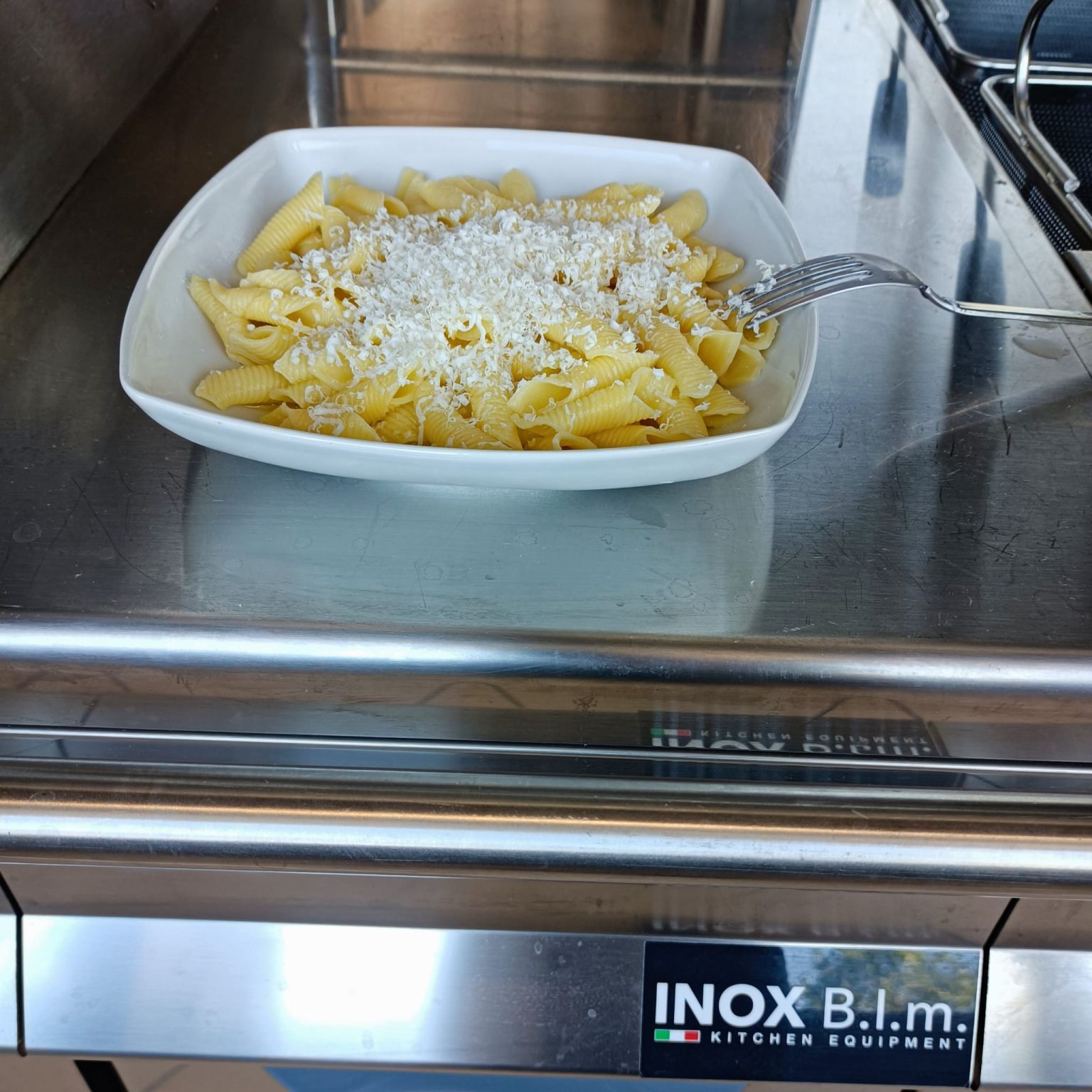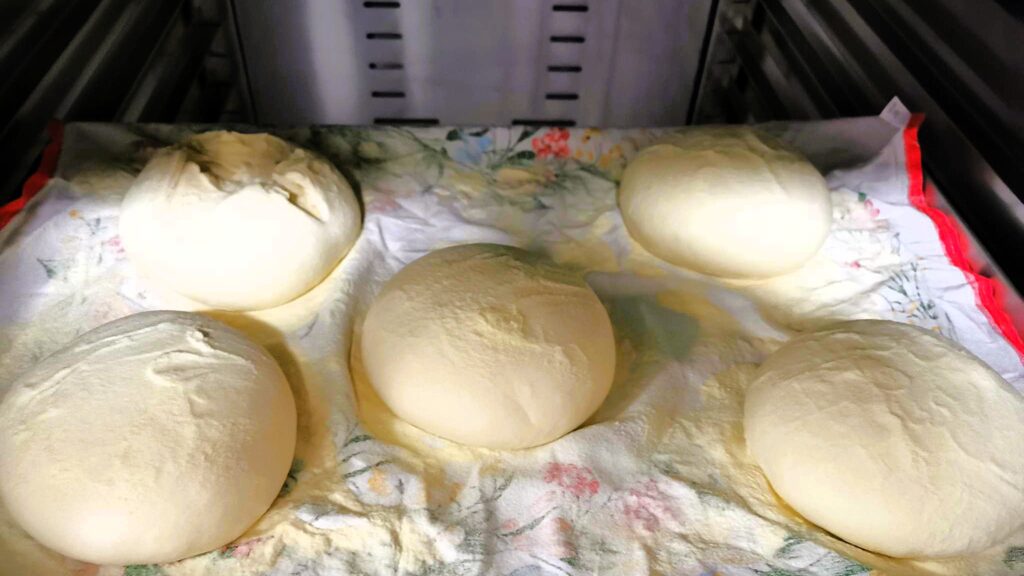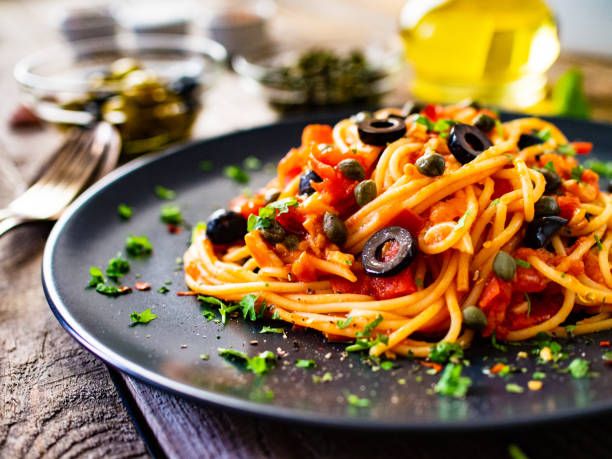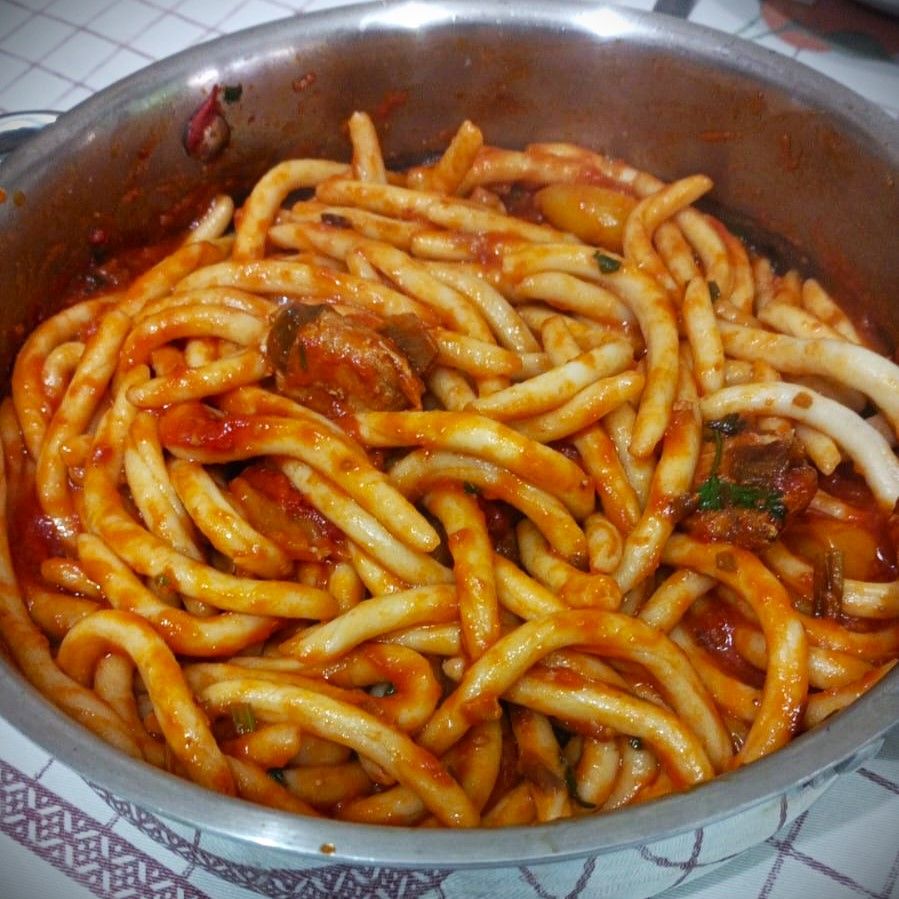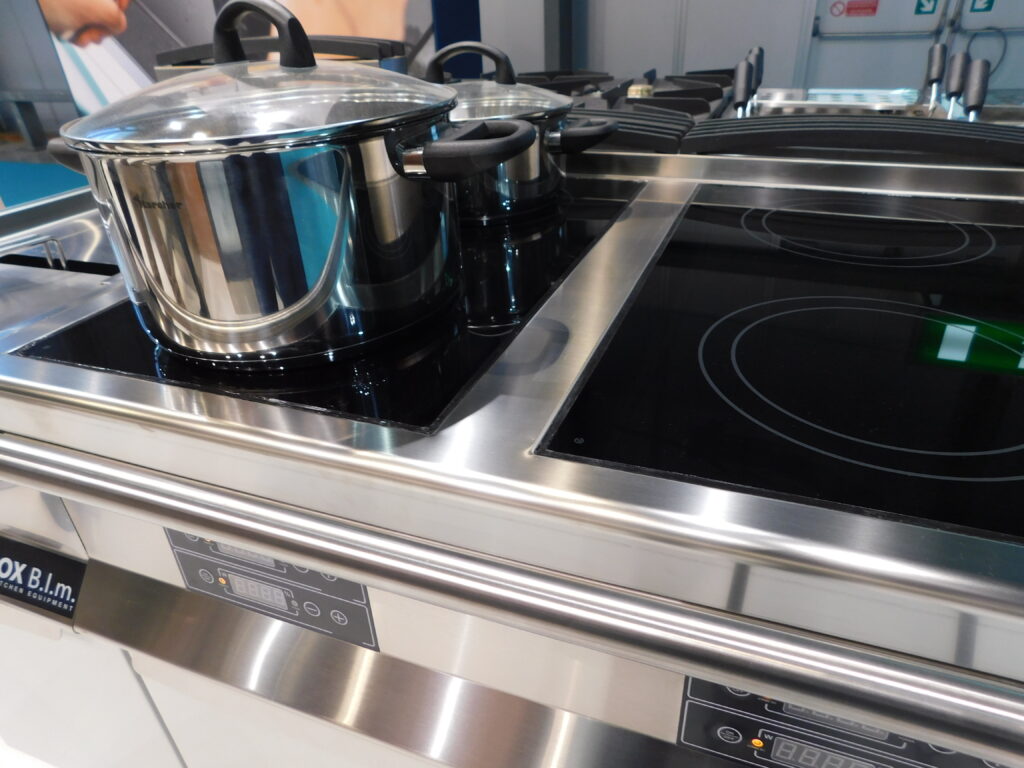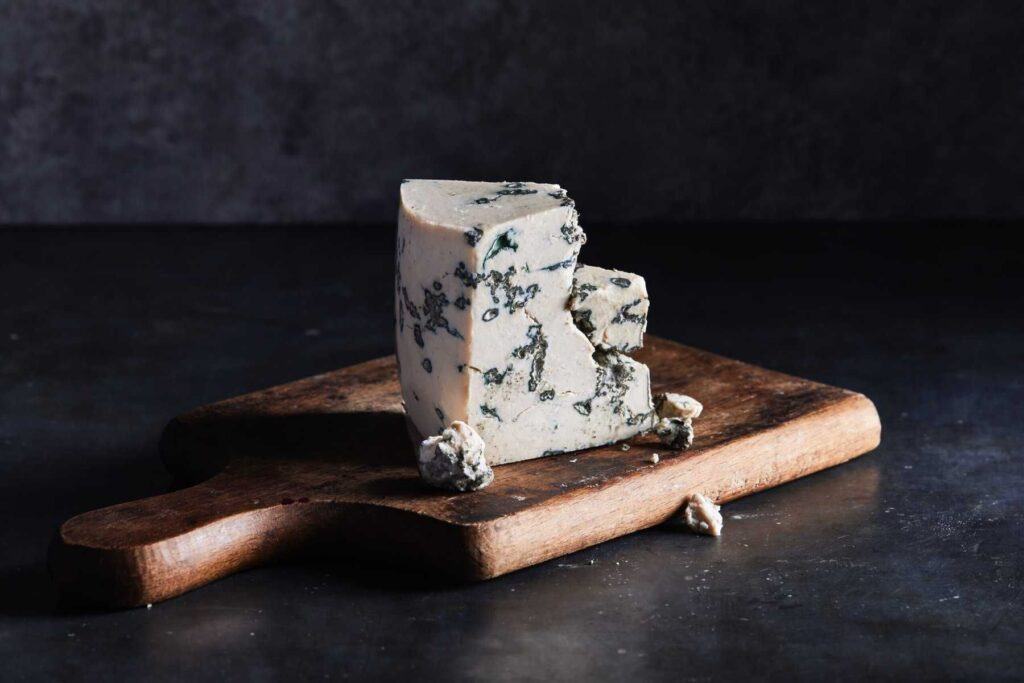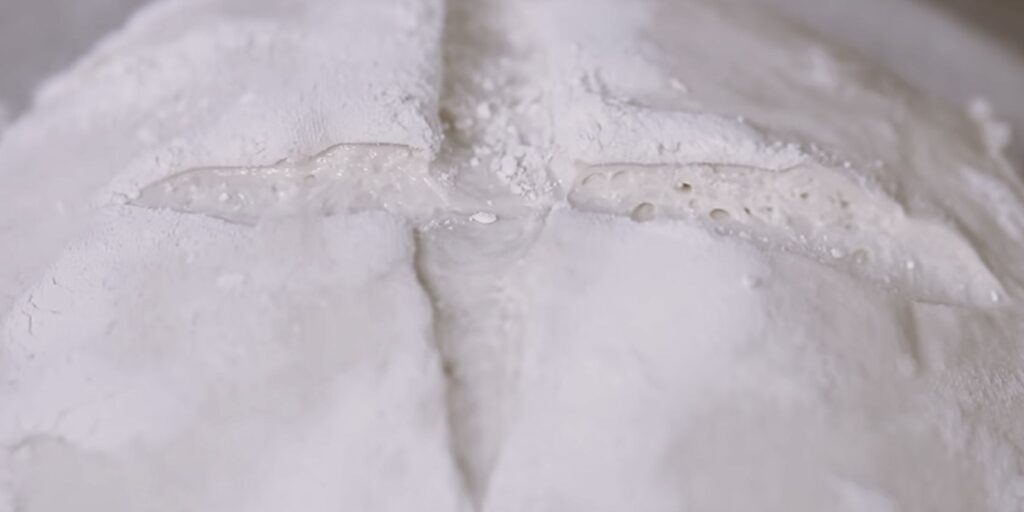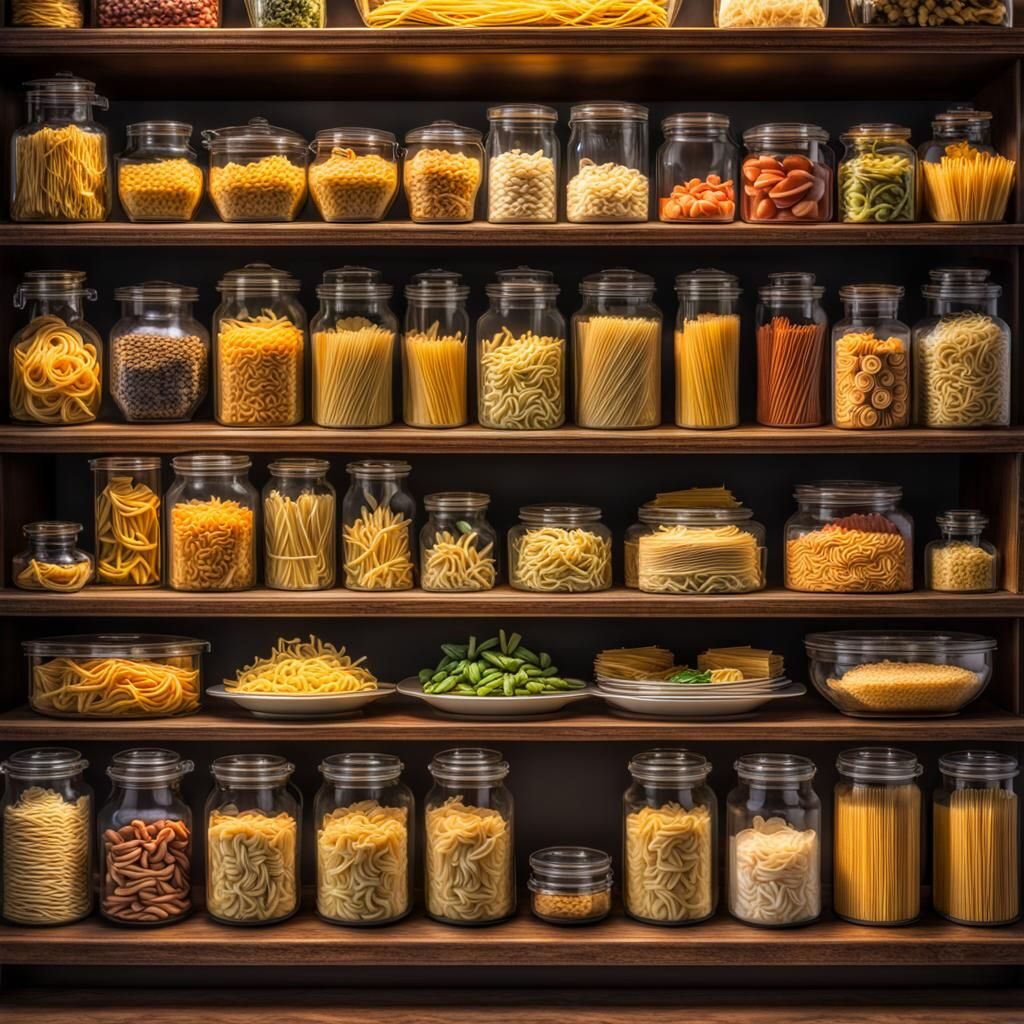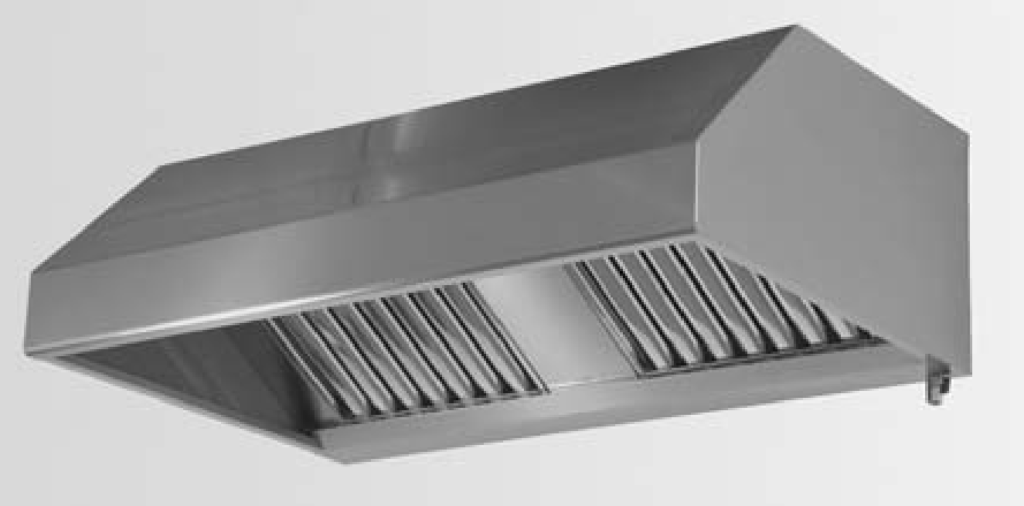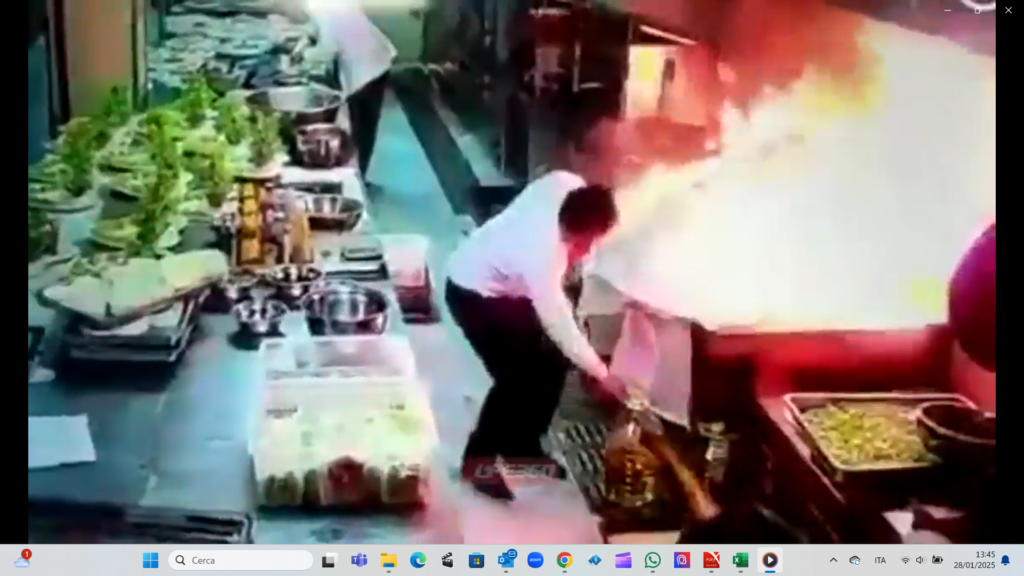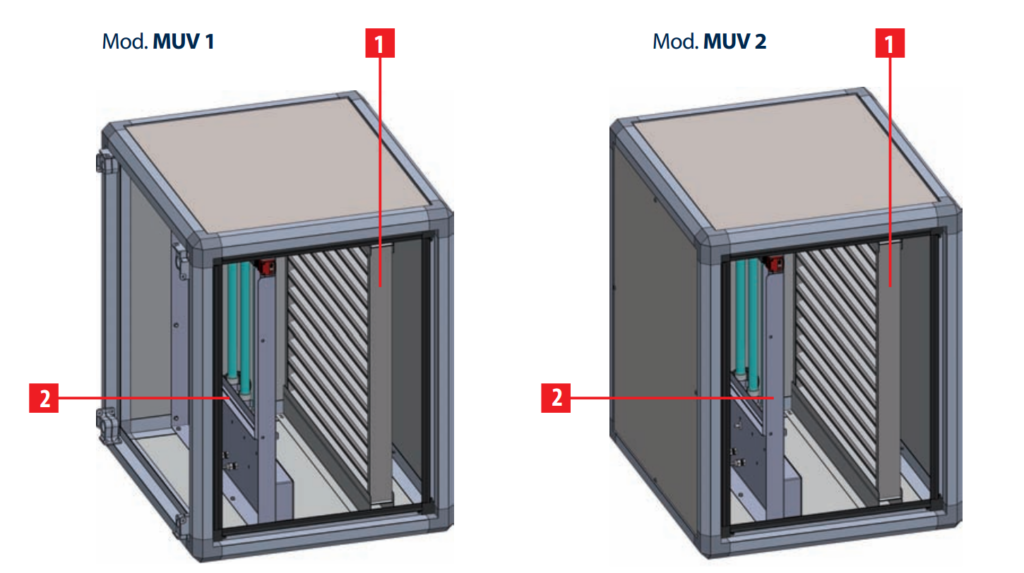Cooking al dente, meaning literally “to the tooth”, is a fairly well-known way of cooking pasta.
The pasta is left to boil for less time than it takes for “normal” cooking, in order to have a firmer consistency to the bite.
Legend says it is called that because back in the old days those who did not have teeth could only eat overcooked pasta (being toothless after a certain age, among nineteenth-century peasants, was quite normal).
On the other hand, those who had teeth could afford a more crunchy texture.
Anyway, not many people know the “next level”: the al chiodo pasta, literally meaning “to the nail” (nail as fastener).
This is obtained by draining the pasta 1/2 minutes before cooking “al dente”.
Here, too, the etymology isn’t clear … perhaps the pasta al chiodo is called such because of the creaking heard while chewing it.
Or perhaps because its stiffness is reminiscent of a nail.
However, it is very rare to find someone who likes to eat pasta al chiodo: it isn’t tasty, and, being undercooked, it can also be harmful to health.
It is mostly used for recipes where the pasta has to be cooked a second time (as in “baked pasta”, for example).
Anyway, to the tooth, to the nail, or just regular, you know you can rely on Inox Bim cooking equipment!

 Italiano
Italiano
